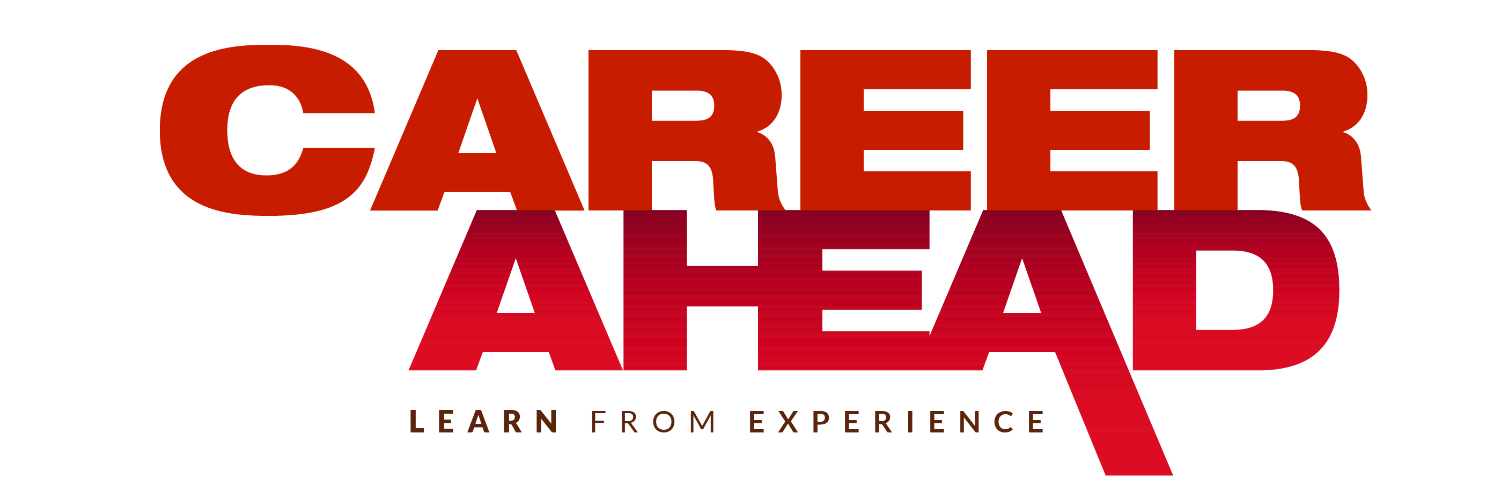No products in the cart.
The Perfect Job Inquiry Email: Creating, Sending, and Why It’s Effective
Step into the world of effective job hunting with our comprehensive guide on crafting job inquiry emails. Learn how to make a lasting impression with your cold emails, from creating a compelling subject line to establishing a personal connection, all while maintaining professional etiquette. This article is your ultimate resource for navigating the art of email communication in your career journey.
Crafting the Perfect Cold Email
The Art of the Subject Line:
- Crafting an enticing subject line is crucial. It’s your first, and sometimes only, chance to grab the recipient’s attention. Use clear, specific, and personalized subject lines like, “Inspired by Your [Industry] Insights: Inquiry from an Aspiring Professional”.
Introducing Yourself:
- Your introduction should be concise yet informative. Mention your current role or major achievements and relate them to the recipient’s field or work. For example, “As a digital marketing enthusiast, I’ve admired your innovative campaigns at [Company].”
Creating a Connection:
- Personalizing your email shows respect for the recipient’s time and work. Reference a mutual connection, shared alma mater, or specific work of theirs that inspired you.
The Ask – Be Specific but Flexible:
- Clearly state your request, whether it’s advice, insights, or job opportunities. Phrase your ask in a way that shows respect for their time and expertise.
Offering Value:
- Suggest ways you might be of service to them. It can be as simple as volunteering for an event they’re involved in or sharing an insightful article on a topic of mutual interest.
Respectful Closing:
- End with a polite note that leaves the conversation open. For example, “I appreciate any guidance you can provide and am flexible to converse at your convenience.”
Here’s an example of a cold email:
Subject: Inspired by Your Marketing Insights: Inquiry from an Aspiring Digital Strategist
Hi Jonathan,
I’m Alex Chen, a recent marketing graduate from Greenfield University with a keen interest in digital strategy. During my studies, I spearheaded several successful online campaigns for local businesses and interned with [Company A], gaining hands-on experience in SEO and social media marketing.
I recently came across your insightful article on LinkedIn about innovative digital marketing trends in 2023. Your approach to integrating AI in marketing strategies resonated deeply with me, as I had explored a similar concept in my thesis. Additionally, I noticed we’re both alumni of Greenfield University, albeit a few years apart!
I’m reaching out to seek your advice and insights as I navigate the early stages of my career. I’ve applied for the Digital Strategist position at your firm, [Your Company], as I believe my skills and passion would be a great fit. While I’m hopeful about this opportunity, I’d also value the chance to discuss your journey in the field and any guidance you could offer to a newcomer.
I understand you have a busy schedule, so I’d be grateful for even a brief chat. I’m flexible and can adjust to a time that suits you, perhaps later this week or early next?
On a side note, I saw your tweet about the upcoming webinar on ‘The Future of Digital Marketing’. I’ve already signed up and am looking forward to it. Also, if there’s any way I can assist in organizing or promoting the event, I’d be more than happy to contribute.
Thank you very much for considering my request. I appreciate any time you can spare and look forward to possibly learning from your experiences.
Best regards, Alex Chen
[Contact Information]
[LinkedIn Profile]

Refining Your Approach
Timing and Frequency Matters:
- Sending your email at the right time, such as Tuesday mornings, can increase the chances of it being read. If you don’t get a response, a gentle follow-up after two weeks is appropriate.
Tone and Language – Finding the Balance:
- Your email should be professional yet personable. Avoid overly formal or casual language. Strive for a tone that is respectful but reflects your personality.
Tailor for the Recipient:
- Research your recipient and tailor your email accordingly. Commenting on their recent work shows genuine interest and sets your email apart.
Keep it Short and Sweet:
- Aim for an email length of 150-200 words. Be concise and to the point to maintain the reader’s attention.
Effective Email Signatures:
- Include a signature with your contact information and LinkedIn profile. This provides an easy way for the recipient to learn more about you.
Avoid Common Mistakes:
- Avoid common errors like being too vague, overly persistent, or not customizing the email. Each email should feel unique to the recipient.
Advanced Strategies and Considerations
Visual Appeal and Formatting:
- Use a clean, professional format. Bullet points can help highlight key information, and a simple font ensures readability.
Email Analytics Tools:
- Tools like Mailtrack or HubSpot can provide insights into whether your email has been opened, which can guide your follow-up strategy.
Cultural Sensitivity:
- Be aware of cultural nuances in communication, especially if you’re emailing someone from a different country or cultural background.
Legal and Privacy Compliance:
- Be mindful of legal and privacy considerations, especially in different regions like the EU, where GDPR compliance is essential.
Integrating with Other Strategies:
- Cold emailing should be part of a broader job search strategy. Combine it with networking, LinkedIn outreach, and utilizing job boards.
Real-life Success Stories:
- Include testimonials or case studies from individuals who have successfully used cold emails. This adds credibility and provides practical examples.
Follow-Up Strategies:
- Develop a respectful follow-up strategy. If there’s no response, a second email reiterating your interest and ask can be sent, but always maintain a tone of respect for the recipient’s time.
Leveraging Testimonials and Case Studies:
- Incorporating real-life examples in your cold emails can demonstrate your success and credibility. If you have received commendations or endorsements from past projects or roles, mentioning these briefly can add weight to your email.
Understanding Rejection:
- Not every cold email will garner a response. It’s essential to view each rejection as a learning opportunity. Reflect on the possible reasons for non-response and refine your approach accordingly.
Cultural Adaptations for International Outreach:
- When reaching out internationally, it’s crucial to understand and respect cultural differences in professional communication. This may include varying norms around formality, directness, or even the way you address the recipient.

Email Accessibility and Inclusivity:
- Making your emails accessible means ensuring they are easy to read and understand for people with disabilities. Use clear language, avoid complex formatting, and provide alt text for any images you include. Ensure your email is accessible, using screen-reader-friendly formats and clear, simple language.
Complementing Cold Emails with Networking:
- Cold emailing should be one part of a broader networking strategy. Attend industry events, webinars, and online forums to build your network. These connections can make your cold emails more effective and likely to be well-received.
Utilizing Advanced Email Features:
- Utilize advanced features like email scheduling to send your email at the most opportune time. Also, using read receipts can help you track if and when your email is opened, though use this feature judiciously as it can be seen as intrusive by some recipients.
Ethics and Privacy Considerations:
- Be mindful of ethical considerations in your outreach. This includes respecting the recipient’s privacy, avoiding overly aggressive follow-up, and ensuring that any personal data you use is gathered and handled responsibly.
Incorporating Social Media into Your Strategy:
- In today’s digital world, integrating your cold email strategy with a strong social media presence can be beneficial. Engaging with potential contacts on platforms like LinkedIn before sending a cold email can warm up your introduction.
Final Thoughts:
- Effective cold emailing is a skill that takes time to develop. It involves a blend of research, personalization, and respect for the recipient’s time and position. Remember, each email is a chance to make a meaningful connection that could open doors to new opportunities. Be patient, persistent, and open to learning from each experience.
In sum, mastering the art of cold emailing for job inquiries requires attention to detail, an understanding of your audience, and an ability to clearly articulate your value proposition. With these tips and strategies, you’re well on your way to crafting emails that not only capture attention but also build lasting professional relationships.
Author
-

Career Ahead, the flagship handle of Career Ahead Magazine, is dedicated to molding the next generation of professionals and entrepreneurs. Our mission is to educate and inspire today's ambitious minds to become the icons of tomorrow. As the ultimate tool and resource, we cater to young students, budding entrepreneurs, and innovative startups, providing them with the knowledge and inspiration needed to navigate their paths to success. Through in-depth articles, insightful analysis, and inspiring stories, Career Ahead empowers its readers to forge their futures in the ever-evolving world of work and enterprise.
View all posts












